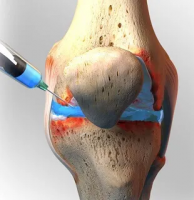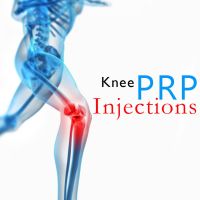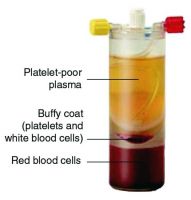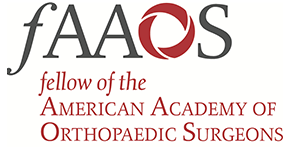Platelet Rich Plasma (PRP)

Platelet-rich plasma (PRP) containing growth factors and sometimes added stem cells is being used more frequently in our practice for bursitis around the hip and knee, or for arthritis symptoms in the knee. We have had experience with biologic options since 2017.
The procedure takes a small amount of a patient's blood, isolates the platelets and injects the growth factors they release directly into the injured area, where they promote the body's natural healing response. One, or a series of three, injections combined with physical therapy focusing on soft tissue mobilization has been effective in our hands.
PRP has the benefit of stimulating the release of stem cells from vessel walls further augmenting repair. Stem cells are also being directly added to our cartilage regeneration efforts.
Tendinitis is an inflammation, degeneration, or injury to the tendon- the structure in your body that connects muscle to bone. Tendinitis can lead to degeneration of the collagen fibers that make up the tendon. The chronic pain that develops with tendinitis has been successfully treated with soft tissue massage, stretching, icing, and careful exercises.
In the past, when tissues and joints were injured, the common treatment in similar circumstances was a cortisone injection. Cortisone is a steroid that inhibits protein metabolism so inflamed cells that are actively turning over are shut down. This effect reduces swelling and therefore pain. Unfortunately, it also reduces activity in normal cells and tissues, and leads to weakening of the tissues and occasional tendon ruptures. Joints that are repeatedly injected with cortisone show damage to the articular cartilage surfaces, which protect the ends of bones. Rather than work to actively heal the damaged tissue, a cortisone injection unfortunately only serves to mask the injury, allowing the athlete to continue to play, often causing more damage. PRP can be a good option to avoid these risks of standard injection types.








